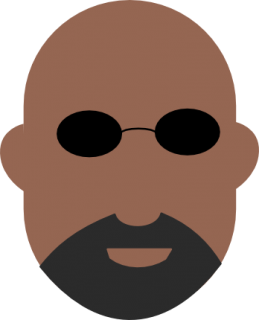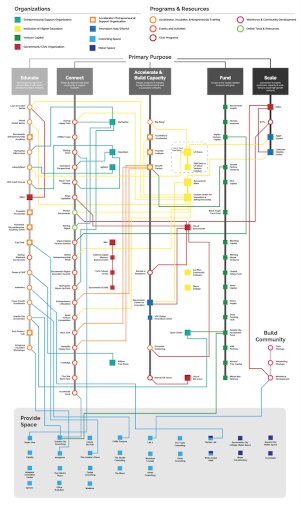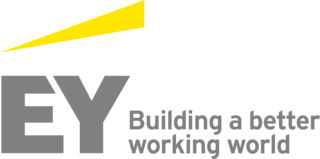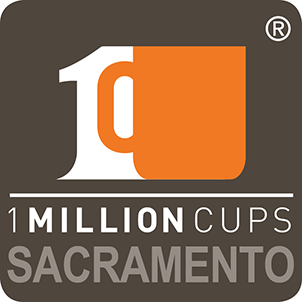So I’m sitting in this Startup Class.
The instructor says, “Customer validation…Surveys…Would people buy what we’re selling, blah blah blah.”
Ugh. I did all that. I thought, “Let’s talk about real Entrepreneurship. How’s my startup going to solve this technology problem? How am I going to get funding? Where should I go to look for teammates?”
After the class, I started doing all the things, and when people asked me about getting in front of customers, I waved my hand around and said, “Oh yeah, I’ll just hire a marketer to do all that.”
But then, two or even three quarters after launch, I was still hemorrhaging money. The startup staff didn’t care about the mission when they weren’t getting paid. And that awesome investor I scored was pressuring me to produce revenues and telling me to do stuff that would be plain wrong for my customers. And oh by the way, the users broke the interface. Since money was short, I was pulling sleepless nights trying to fix the product myself.
That sucked but I rallied, saying, “I’m an Entrepreneur! This is what I signed up for. This is #StartupLife.” And then this dude showed up out of nowhere and asked me:

What if I told you it didn’t have to be this way?
Wait, what?
He asked me, “What if your current situation was different? What if you could have had a successful launch that would’ve made you a profitable Entrepreneur from the very beginning?”
And it was weird, because he stuck out his hands and offered me pills! He said, “You take the red pill, and you go back to your version of #StartupLife. You take the blue pill, and I’ll show you how to nail your Customer Validation with interviews from the very beginning.”
“But I did all that,” I told him. “I did surveys!”
Dude just looked at me, saying nothing.
“I did the damn surveys!” I cried. “There were no customers to ask anything. Where was I going to find them, outside a grocery store!?”
“Ah, but did you intend on selling your startup idea, or were you truly wanting to help your customers?” he asked.
And I realized I didn’t want to get in front of customers in the beginning because my idea wasn’t formed. I didn’t have anything to sell. So I did a survey instead, thinking I was doing my homework.
I looked at this guy for a second.
I chose the blue pill, and learned the difference between Surveys and Customer Interviews. I learned that there is a time and place for both of them – and that surveys weren’t great for getting started. This picture probably sums it up best:
 |
 |
|
| Survey Results | vs | Interview Results |
I learned that the survey is a great tool for collecting data, and lots of it, provided I can get it in front of people. But there’s not really a guarantee that the people who answer it are the people with whom I want to connect. An actual interview – face to face – can do much better.
I learned that a survey only asks static questions that can’t change (even with dynamic forms). But in a conversation, I can follow a line of inquiry to my heart’s content.
Finally, dude showed me that I can’t identify derivative offerings with a survey – those insights only come after I’ve spent a little time with my prospective customers and watched them work through their problems.
When I asked him where I would find people to talk to, he asked me to write down 10 people that I knew. I did. He told me to interview them.
“But what if they’re not my customer?” I asked.
“Then you ask them to introduce you to people who might be,” he replied.
I did it. Lo and behold, I got my ten interviews.
“But it’s weird and awkward if I ask people things, especially if I don’t have a product,” I complained. And of course, he sat there all wise with those cool shades.
“You can interview customers without even telling them what you’re building,” he said.
“How?” I asked.
He handed me a sheet of paper with 5 questions on it:
Are you a customer?
Can you tell me a story?
What was hard about that?
Scale of 1 to 10…
How do you fix it now?
What followed was a conversation that took the better part of two days. I wrote it all up in an article, but it was so long that I decided to put it in a whitepaper. In the paper, I tell you everything the Morpheus-looking Entrepreneur taught me, but here’s a brief summary of each question and the insights you can get:
| Question | Insight |
| 1. Are you a customer? | Shows you what your customer looks like. Saves time up front. |
| 2. Can you tell me a story about the last time you had this problem? | Understanding of the situation that led to your customer’s problem. |
| 3. What was hard about that? | Learn what motivates the customer to buy. |
| 4. What’s your pain intensity? | Subjective pain indicator. |
| 5. How do you currently solve your problem? | Keywords, search methods, possible funnel paths. |
He also showed me how to ask those questions without seeming like some sort of robot overlord. He said there are ways to have an actual conversation that allow the customer to reveal her problems and emotions without being intrusive (that’s what took so long). So now I offer you the wisdom that can help you side-step an awful and horrifying startup experience. From one Entrepreneur to another, here is the whitepaper:
How to Ask Your Customers the Right Questions















